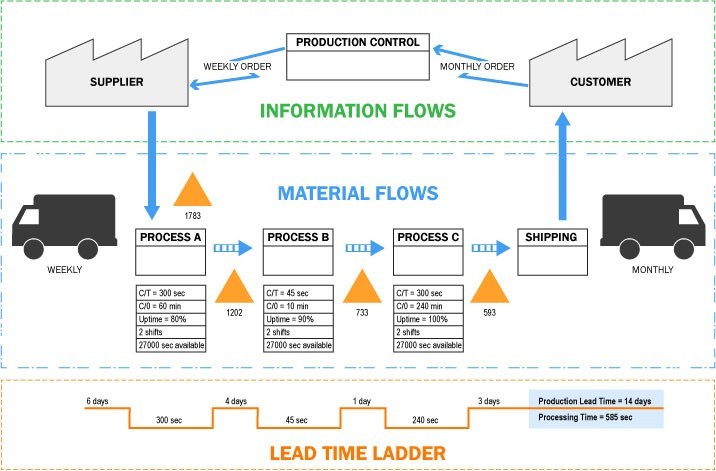In this blog we will be learning the basics of capacity planning and how to do it, With help of this you can perform capacity analysis for any manufacturing facility. So let’s get in to details of it.

What is capacity?
As name suggests capacity is the maximum amount that something can contain or produce, in manufacturing terms we can say that capacity is ability to manufacture a particular quantity of products in a particular duration of time.
So what about the planning
Capacity planning is basically an analysis done to check whether a manufacturing plant can produce a particular no of products in a given period, with available no of resources.
The capacity is calculated over days or weeks or months. The measurement is done in a way that we can adjust our production capacity according to the demand from the market.
Normally capacity planning is done on machines or equipment. There will be two outcome of this analysis; either there is capacity or numbers.
If want to take in to consider the number, then we can tell how much more machines to be required to fulfil the demand.
Calculation of Machine hour Capacity
Our first step is to understand and calculate the capacity of the machine hour in the factory. For an example if a factory has 200 machines, and the workers in the factory utilize the machine from 8 am to 6 pm for 10 hours a day, then the capacity would be 10 multiplied by 200, which comes to 2000 machine hours.
Production capacity with a single product
1st step to calculate capacity with single product is to determine time to produce a single product, and then it is divided by the plant capacity in hours.
For example, if one worker takes 40 minutes (0.66hrs) on a machine to make one product and the capacity of the machine has 2000 hours, then the production capacity would be
2000 / 0.66, then this would be 3003 units per day
How to do capacity planning
For better understanding let’s see an example
Suppose manufacturing plants needs to produce 100 units per day and we need to do capacity analysis
And if this product requires two operations A and B and its standard times are 5 minutes and 10 minutes respectively.
So the standard times are calculated by a method called time study.
And also operation A and B use two machines X and Y respectively. And presently have one each.
Standard working time of this plant is 420 minutes per shift breaks are excluded and this plant operates three shifts per day.
Also on an average 30 minutes is required for both machines for maintenance or we can say for down time, change overs, etc.
Suppose 98% is the yield of the both machines. Also these two machines is only able to run at 85% efficiency of its standard speed, if we take in to consideration of minor stoppages.
So let’s calculate.
Considering the minor speed loss, cycle time per product for both machines will be 5/(0.85) and 10/(0.85) minutes, respectively.
This is 5.88 and 11.76 respectively.
Also since yield for these machines is 98%, to produce 2% more of the demand, which is, 100 x 1.02 = 108
Now let’s calculate load on each machines.
- Calculate load of the machine X…
This is equal to demand per shift x cycle time
= (108/3) x 5.88
= 211.68 minutes.
- Calculate load of the machine Y…
This is equal to demand per shift x cycle time
= (108/3) x 11.76
= 423.36 minutes.
Now let’s calculate no of each machine required for meeting the demand.
No of the machine = Load per shift / Available time per shift per machine.
= 211.68 / (420 – 30)
= 0.54
This is one machine. And we have enough capacity for doing the operation A. No need to worry.
Now let’s check the capacity for operation B.
No of the machine = Load per shift / Available time per shift per machine.
= 432.36 / (420- 30)
= 1.11
So we require two machines for doing operation B.
We can conclude that there is a capacity issue. We only have one machine for doing operation B and we need one more.
This is how the capacity planning is been done
Article By – Shivank Kumar Choubey


